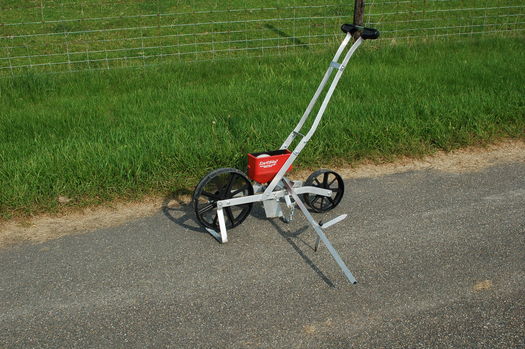In my recent post about GM foods, I talked about how to avoid eating them, but what about growing them?
You would be surprised how alarmed many people get when I tell them I get many of my garden seeds from the US. They ask me if I am afraid of importing GM seeds into Europe. Of course this is a concern all of us should have, but understanding the problem can also help put it into perspective.
First the problem of GM contamination is worldwide, it’s not just the US. Secondly, there are a limited number of crops that have commercially grown GM varieties, and if you don’t grow one of these crops in your garden you are very unlikely to encounter GM contamination issues. Thirdly, of those crops that do have GM varieties, not all of them are out-breeding (plants whose pollen is spread from plant to plant by insects or wind), meaning the contamination would be unlikely to spread beyond my garden even if it did occur. Perhaps most importantly, I grow heirloom plants, not GM varieties and there are usually distinct differences between the varieties and I would almost certainly notice if cross pollinating were occuring. If any unintentional cross pollination occurred in my plants I would normally discard the affected seeds.
I also get my seeds from people I trust, and who themselves care deeply about the problem. With the exception of corn (which I will discuss more in a minute), I would be unlikely to receive GM seeds from someone unless it was a deliberate act, and I have to trust the people who send me seeds not to do that.
The problem of contamination is much greater in processed foods, and centralized distribution and processing, as I described in my earlier post.
From my earlier post, lets consider the crops where there is a commercial GM variety:
- potatoes
- tomatoes
- soy
- long grain rice
- corn (maize)
- rape (called canola in the US)
- Quest tobacco (sold in the US)
- cotton (used for cotton seed oil used in cooking)
- Hawaiian papaya
- a few zucchini and yellow squashes (courgettes).
Of these, the potatoes and tomatoes have been withdrawn from the market, and in any case are not out-breeding plants.
Rice, tobacco, cotton and papaya won’t grow in my climate, so for me at least these are not an issue.
I do grow soy. Soy is not out-breading, and in any case the varieties I grow are distinct enough that I think I would notice if any cross pollinating did occur.
I don’t have any plans to grow rape.
I do grow squashes, and I suppose this is a risk. The production level of GM varieties of these plants is very low, and like I said I do trust my seed sources. These type of plant is insect pollinated, so the contamination can only travel as far as an insect can fly. If it seems like the risk of growing this plant increases, I will reconsider having it in my garden.
Corn is really the biggest problem. The pollen from corn spreads very long distances in the wind, and probably there are very few places in the world where there is not at least a little contamination. On one hand growing corn can introduce GM contamination into my garden, and on the other hand not growing heirloom varieties will decrease the availability of these seeds to other gardeners. In my case not very much corn is grown in the area around my garden, so there are not likely to be a lot of cross pollination issues.
If you use common sense, nothing should keep you from growing the plants you want in your own garden. Use seed sources you trust. Think about what you are doing when growing out-breeding varieties of plants where GM varieties are commercially grown.


